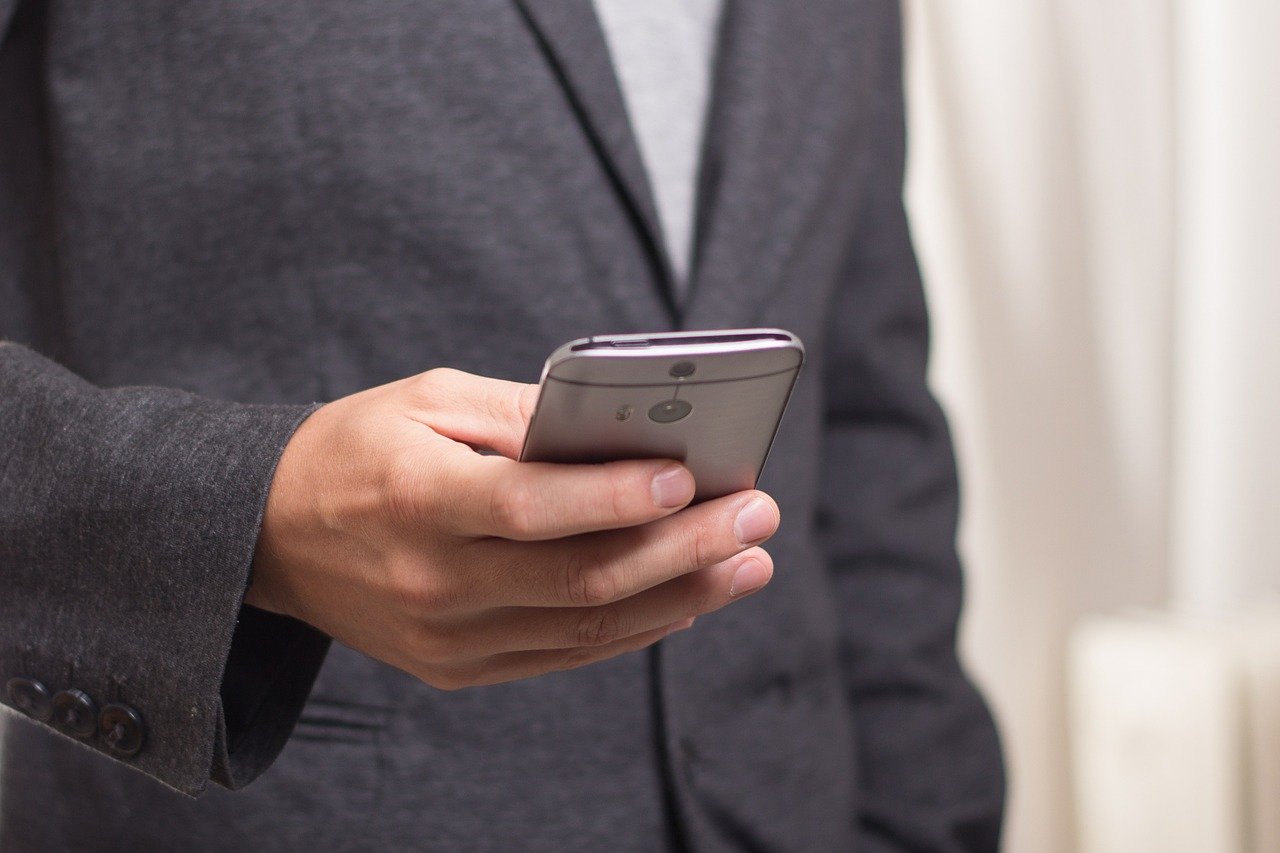The coronavirus pandemic has disrupted healthcare around the world and forced many aspects of care to go digital. As a result, there is more pressure than ever to make remote technologies more accurate and reliable.
The push to develop these technologies could dramatically change healthcare delivery in the United States and beyond for decades to come. In addition, these technologies could also relieve some of the barriers to healthcare, particularly in rural areas where access to care, especially specialist care, is limited.
Ophthalmology is one specialty that’s seeing an influx of new technologies for remote monitoring and diagnostics. Recently, researchers showed that smartphones can be used as a tool to diagnose diabetic retinopathy.
What Is Diabetic Retinopathy?
When diabetes is not well managed, patients can experience a wide range of serious complications. One of the most distressing is loss of vision, caused by a condition called diabetic retinopathy. The vision loss can be permanent if the condition isn’t detected early.
The retina is a thin layer of tissue at the back of the eye containing blood vessels to keep the optic tissues functioning. With diabetes, blood sugar levels can rise to the point that these delicate blood vessels become damaged, which means that the eyes do not receive adequate nutrition and begin to fail. Globally, diabetic retinopathy is a leading cause of blindness. Unfortunately, this condition primarily effects people in developing countries, where access to ophthalmologic care and screening can be limited.
India in particular has struggled considerably with diabetic retinopathy. People have referred to India as the “diabetes capital of the world” because of the high rates of the disease there. Research has shown that around 17% of people with diabetes in India have also developed retinopathy as a consequence of their disease. Public health professionals expect the number of people with diabetes in India to continue rising. However, diabetic retinopathy is also a public health concern in the US—it is the leading cause of blindness among working-age adults. The CDC expects the incidence of the disease to double by 2050, affecting some 14.6 million adults.
These numbers underscore the need to develop affordable and accessible screening methods that might detect the pathology early enough to intervene. Later in the disease course, the damage from diabetic retinopathy becomes permanent. When recognized early, the condition can be treated and vision loss prevented. Treatment involves both better control of diabetes and direct intervention to address damage to the retina.
Can a Smartphone Diagnose Retinopathy?
A recent study investigated the use of smartphones to conduct eye exams and detect diabetic retinopathy. Researchers at the University of Bonn and Sankara Eye Hospital in Bengaluru, India, used a tool to transform a smartphone into an eye examination device that could take photos of the retina and detect early signs of diabetic retinopathy. Such a solution could help provide screening for many more people. Because retina imaging devices are expensive and require specially trained staff to use them, they are rare in India and even in rural parts of developed countries. People are not likely to travel great distances for a screening test, but if they could conduct the test with their phone, this obstacle would be removed.
In the study, which was recently published in the journal Ophthalmology, four different smartphone-based devices were compared for performance. These devices are known as ophthalmoscopes and are used to photograph the retina. The researchers examined each device in terms of quality and accuracy of the image, as well as the amount of time needed to detect diabetic retinopathy.
Three of the devices were direct ophthalmoscopes, which means a light source is shone directly into the eye to visualize the retina. Such devices are easy to use, but they have a limited view of the inside of the eye. The fourth device was an indirect ophthalmoscope, which uses a condensing lens to examine more of the retina. This type of device is more accurate, but requires more training to use.
Implications of the Study
Altogether, 193 people with diabetes were scanned using the devices. Six optometrists or ophthalmic assistants were trained to use the devices and the eye scans were recorded.
In the end, the indirect ophthalmoscope was the most accurate and produced the best images. In addition, this device required less time to detect retinopathy—about one to two minutes. While the indirect smartphone device does require some training to use accurately, the cost is about 20 times less than a standard one, which makes it much more accessible. The technology allowed the researchers to detect advanced retinopathy 100 percent of the time and early-stage retinopathy about 80 percent of the time. What makes this technology promising is its ability to record the exam and send it to an ophthalmologist for further evaluation, if necessary, which reduces the need to travel to a specialist.
This technology is also especially beneficial for India. The country has the second-highest number of smartphone users in the world. Even people who live in the most remote, rural villages often have access to a smartphone. The training to use the device is not extremely difficult, which makes it feasible to implement this screening solution even in remote parts of India—or anywhere else people have access to smartphones. And in a post-COVID-19 world, where people may wish to reduce their in-person doctor’s visits if possible, such a technology would also be useful, even if an ophthalmologist is readily accessible.
Beyond scanning for diabetic retinopathy, smartphone-based ophthalmoscopes can be used to take high-quality photographs of the eye that can be remotely transmitted to doctors around the world to evaluate for other issues beyond diabetic retinopathy, such as glaucoma, cataracts, and macular degeneration.

